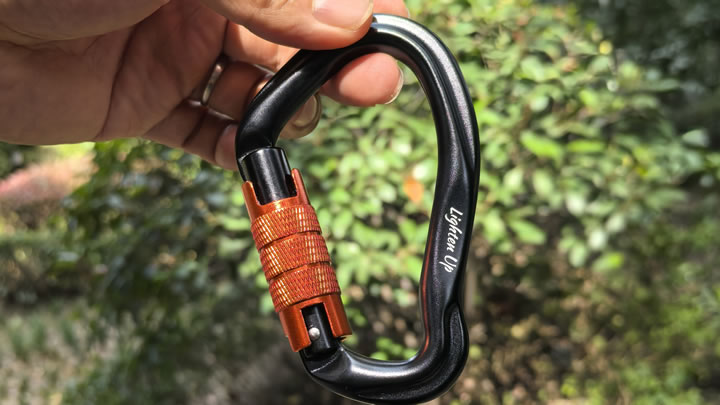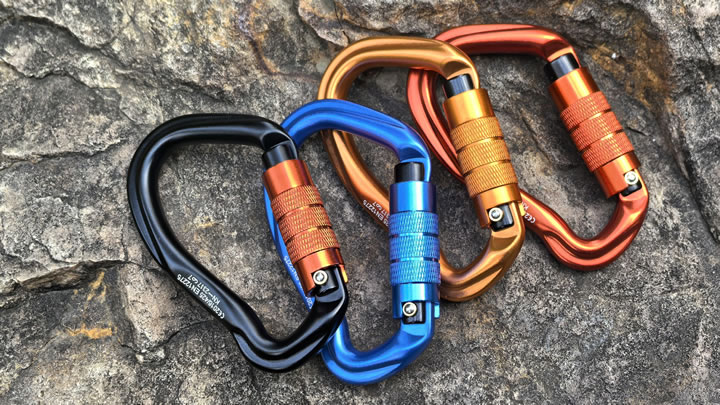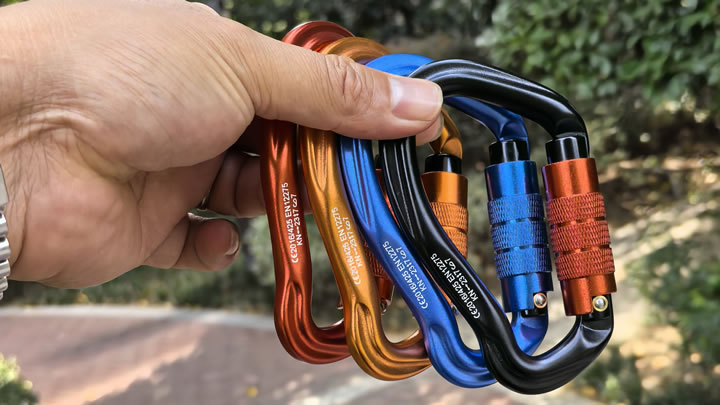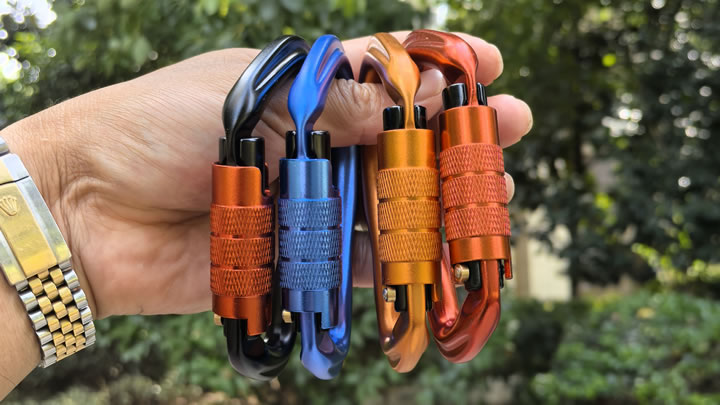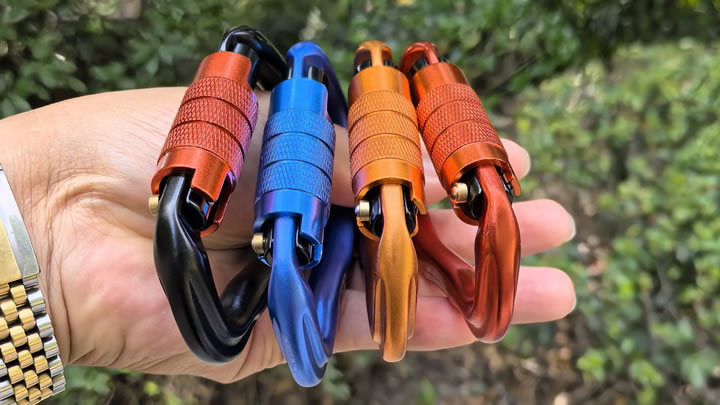Are nylon hammocks waterproof for outdoor use?
Nylon hammocks are a popular choice for outdoor enthusiasts, but a common question arises: Are they truly waterproof? The short answer is no—nylon is water-resistant, not fully waterproof. However, its unique properties make it an exceptional material for outdoor use. Let’s explore why nylon hammocks excel in wet conditions and how to maximize their performance.

1. Water Resistance vs. Waterproof: Understanding the Difference
Nylon’s tightly woven synthetic fibers naturally repel light rain and moisture. Unlike cotton, which soaks up water and becomes heavy, nylon sheds droplets and dries quickly. However, prolonged exposure to heavy rain or submersion may allow water to seep through seams or fabric. For full waterproofing, pairing a nylon hammock with a waterproof tarp or rainfly is recommended.
Key Insight: Nylon’s water resistance strikes a balance between breathability and protection, making it ideal for humid or dewy environments.

2. Why Nylon Outperforms Cotton and Polyester in Wet Conditions
- Cotton: Absorbs moisture, leading to mold, mildew, and stretched fibers. Unsafe for rainy climates.
- Polyester: More water-resistant than cotton but retains dampness longer than nylon, increasing drying time.
- Nylon: Hydrophobic fibers prevent water absorption, dry rapidly, and resist UV damage.
Pro Tip: Look for nylon hammocks with silicone or polyurethane coatings for enhanced water repellency.
3. Durability in Rain, Humidity, and Sun
Nylon’s synthetic composition resists rot, mildew, and UV degradation. Even if wet, it won’t degrade like natural fibers. This makes it perfect for:
- Camping: Withstands morning dew or unexpected showers.
- Beach Trips: Resists saltwater spray and dries quickly.
- Backyard Use: Holds up in humid summers or rainy seasons.
User Hack: Hang your nylon hammock loosely to allow airflow, speeding up drying and preventing mildew.
4. How to Boost Waterproofing for Heavy Rain
While nylon alone isn’t fully waterproof, these steps enhance protection:
- Add a Rainfly: A waterproof tarp overhead blocks 90% of rain.
- Seam Sealing: Apply a seam sealer to stitch lines, where water often penetrates.
- Waterproof Spray: Treat the fabric with a DWR (Durable Water Repellent) spray for extra resistance.
Caution: Avoid storing a damp nylon hammock—always air-dry it to prevent odors.
5. Long-Term Care for Maximum Weather Resistance
- Cleaning: Rinse with mild soap and water; avoid harsh detergents that strip coatings.
- Storage: Keep in a dry, cool place to maintain fabric integrity.
- Inspection: Check for wear in high-stress areas (e.g., loops, seams) annually.
When to Choose a Fully Waterproof Hammock
For extreme conditions like heavy monsoons or kayaking trips, consider a 100% waterproof hammock made of PVC or coated polyester. However, these materials sacrifice breathability and portability.
Final Verdict
Nylon hammocks offer the best blend of water resistance, breathability, and durability for most outdoor scenarios. While not fully waterproof, their quick-drying fabric, mold resistance, and lightweight design make them a reliable choice for campers, travelers, and backyard loungers. Pair with a rainfly for heavy storms, and enjoy a dry, comfortable hang in almost any weather!

